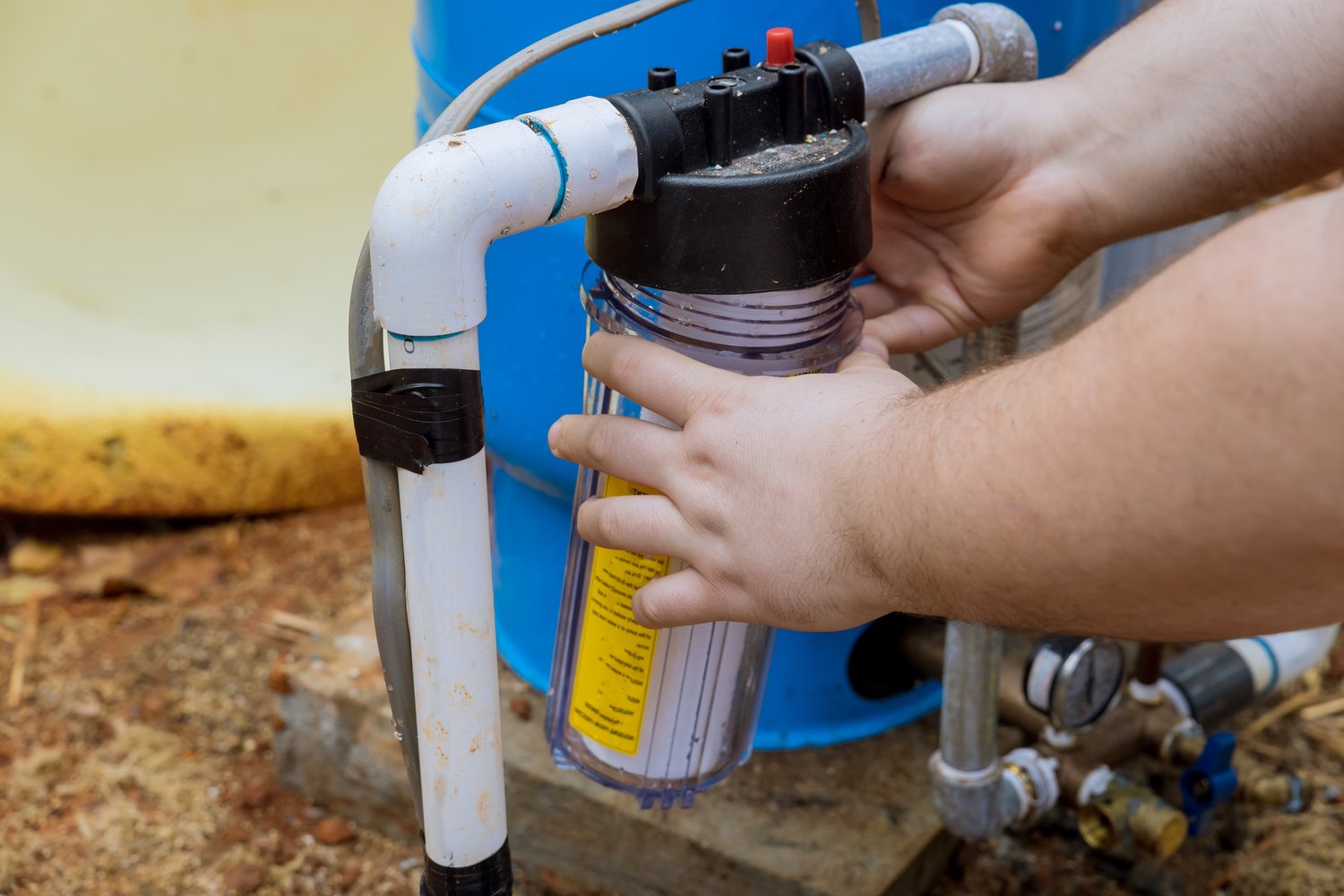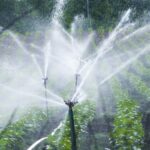Ensuring the smooth operation of your home water filtration system may seem complex, but understanding key issues related to pressure and filter lifespan is essential for maintaining water quality. Improper management of these factors can lead to significant inefficiencies, and ultimately, affect the purity of the water you rely on daily. Let’s dive into how you can identify and resolve these common errors to enhance your system’s performance.
- Recognize telltale signs of pressure drops and reduced filter life, understanding the root causes behind these issues.
- Explore frequent pressure problems, such as blockages and incorrect settings, that can disrupt your water filtration system.
- Discover strategies to optimize your filtration system’s efficiency and longevity by effectively managing pressure levels and filter performance.
By grasping these insights, you’ll gain the ability to troubleshoot and improve your system’s functionality, ensuring long-term reliability and clean, safe water for your household. Join our community discussion to share your experience or inquire further.
Optimizing Home Water Filtration System Efficiency: Pressure and Filter Life Solutions
Ensuring that your home water filtration system operates at peak efficiency can significantly enhance water quality and extend the life of your system. Keeping a keen eye on both pressure and filter life is essential. Here are some strategies that can help in managing pressure levels and optimizing filter performance.
Regular Maintenance and Inspections: Conducting routine checks can preemptively identify issues related to pressure and filter health. Examine for any obvious signs of wear or blockage. Not only does this prevent further damage, but it also ensures your system remains efficient over time.
Avoiding Overpressure: Increases in system pressure can stress the filtration mechanism, potentially leading to premature wear or failure. Regularly checking and adjusting pressure settings can prevent these issues. Ensure that the pressure stays within the recommended levels specified by the manufacturer.
Timely Filter Replacements: Keeping to a regular schedule for filter replacement is key. Filters that have reached the end of their life not only reduce performance but can also lead to decreased water quality. It’s vital to replace filters as advised, typically every few months or as per usage recommendations.
Investing in Quality Components: While the initial cost may be higher, using premium quality filters and components often results in better performance and longer system life. Quality products tend to handle pressure variations more effectively, resulting in fewer issues and greater efficiency.
System Flushing and Cleaning: Performing periodic system flushing helps in removing sediment buildup that can obstruct water flow. This keeps pressure levels optimal and ensures that the filtration process is not hindered.
By implementing these tactics, homeowners can maintain a reliable and efficient water filtration system. Achieving a balance between maintaining the correct pressure and ensuring timely filter changes will result in superior water quality and system longevity.
Identifying Home Water Filtration System Errors: Pressure and Filter Life Solutions
The ability to identify errors in home water filtration systems is essential for maintaining both water quality and system efficiency. One of the most common indicators of problems in these systems is a noticeable pressure drop. When water pressure reduces significantly, it can signal a blockage or an obstruction within the filtration system.
Another common issue is reduced filter life. If you find yourself replacing filters more frequently than the manufacturer’s guidelines suggest, it may point to an underlying problem affecting the system’s performance.
Understanding the underlying causes is key to resolving these issues. Pressure drops often result from blockages in the filter due to sediment buildup, while reduced filter life can be caused by the quality and quantity of water passing through the system.
Common Pressure Issues in Water Filtration Systems
Pressure-related problems in water filtration systems are not uncommon and can significantly impact the overall system efficiency. One prevalent issue is blockages within the filtration unit. These blockages often occur when large amounts of sediment, minerals, or debris accumulate, restricting water flow and reducing pressure.
Another common problem is incorrect pressure settings. This can happen if the pressure settings do not align with the manufacturer’s specifications, leading to insufficient or excessive water flow. Ensuring that the pressure is set correctly can prevent premature wear on system components and improve filtration efficiency.
High or low pressure levels may be exacerbated by external factors such as fluctuating municipal water pressure or plumbing system design flaws. Identifying these issues early and implementing corrective measures can help maintain optimal performance and prolong the life of your water filtration system.
Common Questions on Home Water Filtration Systems
What causes a drop in water pressure in my filtration system?
Clogged filters or incorrect pressure settings can cause a drop in water pressure. Regular maintenance and checking pressure settings can help prevent this issue.
How often should I change the filter in my water filtration system?
It depends on the model, but generally, filters should be changed every 3-6 months to maintain optimal performance and water quality.
What signs indicate that my water filter needs replacing?
Reduced water flow, strange tastes, or odors are common signs that your water filter may need replacing.
Can pressure settings affect the life of my water filter?
Yes, incorrect pressure levels can lead to increased wear and tear. Ensure your system operates within the recommended pressure range.
How can I optimize the efficiency of my water filtration system?
- Regularly check and replace filters.
- Maintain appropriate pressure settings.
- Inspect for leaks or blockages.





